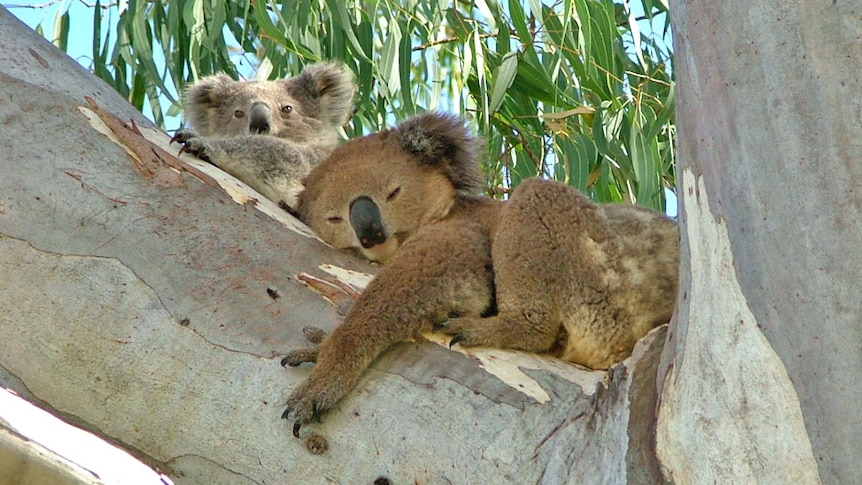Copyright abc

Koala advocates and logging supporters have seized on the release of data showing koala population estimates tripled in the last three years. The CSIRO developed the National Koala Monitoring Program in collaboration with 50 partners, including states and universities. In 2023, when the first estimate was released, between 287,830 and 628,010 koalas were believed to live in Australia. Now CSIRO scientists estimate the population could number from 729,000 to 918,000. The figures were published on the National Koala Monitoring Program website. The CSIRO declined an ABC invitation for an interview. Among those highlighting the data is the MP for the New South Wales Mid North Coast seat of Oxley, Michael Kemp, who says the public has been "misled for decades over koala numbers". "What is now clear is that koala populations have been under-reported for decades," he said. The region is still reeling from a logging moratorium placed on 176,000 hectares of state forest to make way for the proposed Great Koala National Park between Kempsey and Grafton. The park was a key election promise of the Minns Labor government. Mr Kemp, a critic of the Great Koala National Park and the resulting cost to the timber industry, said the CSIRO data showed the state government's "blatant disregard for evidence" as it pushed ahead with the plan. But Australian Koala Foundation chair Deborah Tabart said the CSIRO figures were "categorically wrong" and that field studies indicated that the national koala population was much smaller. "Our numbers are less than 100,000 and we will never change those figures unless we see the science and the data that actually says those animals are there — not vague maps, which is on that [CSIRO] website right now," she said. Ms Tabart said the foundation had conducted scientific surveys of koalas since 1988. "History will judge this project and this announcement very harshly," she said. Ms Tabart pointed out that the estimates published online were unsupported by a peer-reviewed scientific report due to be delivered next year. Results credited to better research techniques When asked to explain the substantial estimated population increase, the CSIRO issued a statement that said it was "largely as a result of having much more spatially comprehensive and sensitive survey data". "The deployment of audio recorders, in particular, has revealed koalas to be more widespread in some habitats than previously known," the statement said. "Thermal drone technology has also enabled more koalas to be detected in dense forest habitat." University of Sydney biologist Mathew Crowther said the "big jump in numbers" could be attributed to "more surveys and better techniques". "It's not like we've got an explosion of koalas, but koalas are quite hard to spot on foot and you can't cover that much ground," the veteran koala researcher said. "The much greater use of drones and of sound recorders, which pick up koalas … is why we're getting a lot more records of koalas." The national population estimates have grown but Professor Crowther said that did not diminish the justification for the Great Koala National Park. "Where you do localised studies, overall koalas have declined in a lot of areas and particularly in northern New South Wales, where the park is [proposed]," he said. A statement issued on behalf of Federal Environment Minister Murray Watt said "the National Koala Monitoring Program has delivered robust science-based population estimates". "This year's estimate is backed by over 11,000 data points and more than 820 on-ground surveys and is a major achievement by CSIRO and partners," the statement said. The CSIRO said it would publish its peer-reviewed scientific paper on koala population estimates by the end of the year or in early 2026.



